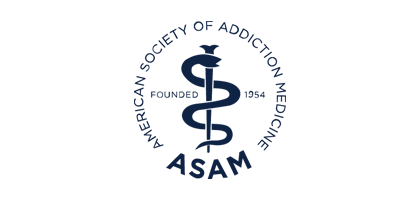Blog
Summary of Inter-Professional Collaboration
At the moment, American medicine operates in a health care culture defined by specialty silos and the insurance/payment culture of “medically necessary” interventions. This culture emphasizes specialty care with the smartest, “most capable” doctors. But specialists – despite demonstrating their skills at providing state of the art care for a particular condition – operate too often in isolation, and this separation from other professionals can cause unpredictable outcomes because the comprehensive needs of the patient are not engaged.
Take for example, the wake of deaths due to prescription opioid overdoses, which can be exaggerated by a lack of knowledge of addictions and lack of comfort with the clinical management of addictions in the context of pain management. There are risks associated with prescribing extended release and long-acting opioids.
The simple solution is to coordinate care among health professionals. This sharing of knowledge, is none so as vital to positive treatment outcomes as in complicated patients with multiple chronic illnesses that require several healthcare professionals for competent illness management. In such cases, coordinating care among the patient’s clinicians should be a top priority, but in my experience this is little done and too often each healthcare professional operates individually. Certainly, with respect to addiction medicine, many subspecialists and primary care specialists are not well trained. But, even with this knowledge and skills gap, I rarely receive calls requesting to discuss treatment approaches.
In 1999 the Institute of Medicine wrote a book called To Err Is Human. They said that there were 65,000 deaths each year from medical errors. They also said that most of the errors were related to miscommunications between health care providers. Fourteen years later, another book, Beyond the Checklist, said that 75% of the errors were still related to miscommunication between professionals and furthermore that there was no concerted effort to correct this in organized medicine.
Where do we go from here? I recently wrote an article for the Journal of Addiction Nursing about Inter-professional collaboration as one way to help resolve this dilemma. Getting out of subspecialty silos and talking to each other is a start. In addiction medicine we know that truth is hard to come by, and that people don’t say all that they know. Who do we talk to? How many sources of information do we seek? And how do we sort out what we get from what we don’t get?
There are several benefits to working in a multidisciplinary team. The old idea of “medically necessary” produces a treatment plan focusing on safety, injury and death. But some professionals focus on growth and development, which produce different plans. Including all of the clinicians involved in a patient’s care produces a more comprehensive treatment plan, but it can be confusing and harder to implement.
Here are some key points to consider in supporting inter-professional collaboration:
First, multidisciplinary teams are more comprehensive in their scope, value the input of team members, competently negotiate certain interventions not controlled by the team, and consider each member’s input as essential.
Second, the model of collaboration changes the outcome measures for successful treatment. If we think of dyads, the doctor-patient relationship, then patient success depends on how we measure the dyadic interaction. On the other hand, collaboration involves lots of triads--you, the patient, and another professional. Success is measured by the patient’s health, and the team’s health, and how well the dyads are interacting. The team’s health keeps the collaborative network strong for ongoing success. Everyone’s input is important, not just your own. (Castro et al., 1994, Interprofessional Care and Collaborative Practice, p.103)
Third, team communication is based on group identity and group responsibility. Team members must be aware of what is happening in the collaborative network and have a shared model of how the team process operates. Each member knows how to manage their immediate resources and implement interventions so to support each other in professional development.
Fourth, leadership is important to the team collaboration. Someone needs to lead the team and monitor that everyone is focused on the central goals. Command cannot be shared, and it may be defined by the organization. The pilot in a jet airline is in command. However, leadership can be shared. This collaborative sharing involves leadership skills and followership skills. “Who is right” becomes “what is right”.
Fifth, central goals have to be agreed upon so that the team has the same idea for its mission. These central goals have to be developed by the team and understood by the team. In addiction medicine we talk about recovery. Do we all have the same idea about what recovery looks like? Different disciplines may explain each piece differently. Do we talk enough to clarify all of this? The more we clarify, the more we work in the same direction.
What are your thoughts on collaboration? I’d enjoy your feedback. To read the full article, please visit The Journal of Addiction Nursing.

